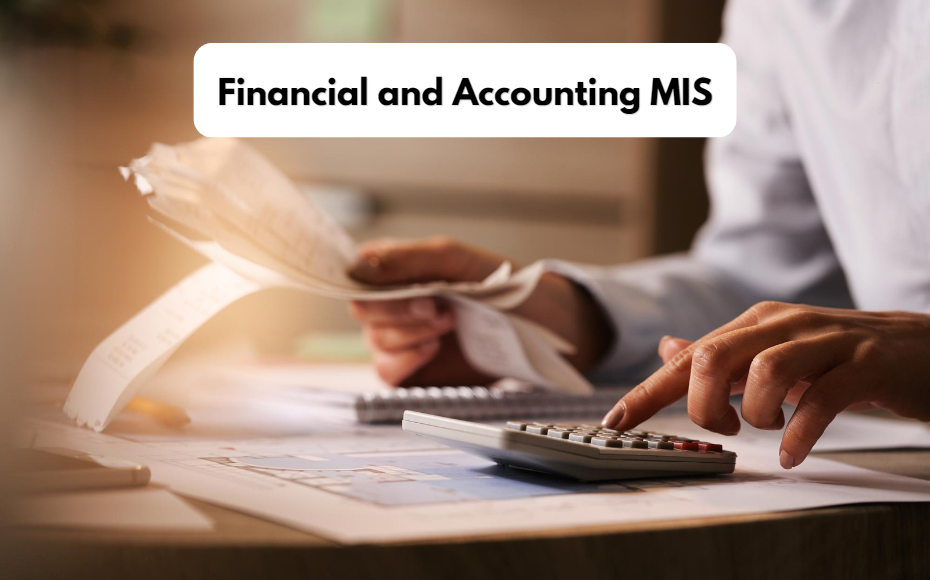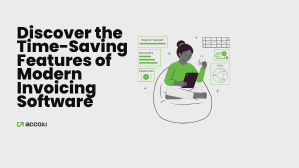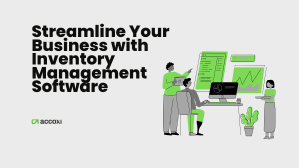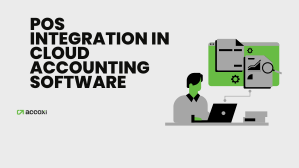

May 15, 2023

In today’s world, an organization’s financial structure has a significant impact on its stable development and long life. Accounting and finance MIS is an automated computerized system to process all financial and accounting-related tasks in an organization. Accounting Software like Accoxi creates a network for your interconnected firm that manage your sales, expenses, banking, and inventory.
The following are the main elements of the financial and accounting information system:
A database where organizations maintain their internal records. An internal database is a collection of financial and accounting information of a company gathered by employees using Internet-connected computers.
A Financial Information system (FIS) is a type of information system called a “Financial Processing System(FPS)” that is able to store, record, update, and retrieve the organization’s financial transaction data. The transaction processing systems must have highly consistent response time, this is an important consideration for trading systems.
It records transactions conducted among third-party entities and it is recorded in MIS as a historical record, enabling them to be analyzed at any time whenever required. These records provide valuable insights and data for analysis, allowing for better decision-making and understanding of the transactional activities within the third-party entities.
A database that is designed to manage the day-to-day financial and accounting operations of the business is known as a financial and accounting operational database.
The accuracy and completeness of the financial and accounting information are referred to as the validations of financial and accounting transactions.
Senior managers are supposed to apply financial executive processes while decision-making.
Accounting and financial Internal documents of organizations are kept in external databases. Digital files are made up of decentralized, encrypted data that cannot be accessed by the general public and include information such as which transactions were made up.
The financial information system includes the systematic selection, analysis, interpretation, preservation, and distribution of all of the consumer information that is available to the company.
Accounting Information System (AIS) is a computer-based system that an organization uses to make important financial decisions. An AIS will gather, process, examine, and store a company's financial data. Additionally, it will retrieve and report such information to its users, namely consultants, accountants, financial officers CFO, auditors, government tax authorities, etc..
There are three objectives of an AIS. They are,
Computerized Accounting Systems basically refer to software tools that we can use for accounting purposes. They help generate financial statements automatically using the data users and maintain accounting records digitally.
One of the good example of digital accounting is billing machines like the one found in malls. They help in adding client information, calculating billing and reducing discounts, etc. Another great example of a computerized accounting system is Tally. It is prominent software that generates financial statements, accepts accounting information, maintains records, etc.
The most popular method of accounting until recent times is manual accounting. For this purpose, organizations had to recruit a full-time or part-time accountant or bookkeeper. They had to do all accounting work manually on paper such as generate books and ledgers, record transactions and prepare financial statements.
The way we conduct business has been fundamentally revolutionized by computers. In fact, they have been extremely useful for accounting purposes.
Later, the accounting process moved to computerized systems like billing machines. They performed processes like recording billing information, calculating net totals and deducting discounts, etc.
When newer technology evolves, modern computerized systems made accounting easier. They allowed users to enter accounting data. In addition, technological innovations helped to document complex transactions. This is how a computerized accounting system makes the process quicker and easier.
The transaction Processing System plays an important role in recording and processing various business transactions. Basically, it collects, updates, confirms, processes, stores, and displays data. The organization using it may later retrieve this data and utilize it for various purposes.
The user first inputs data into the system using a keyboard, mouse, barcode scanner, or interactive screen.
The system uses a collection of programs to compute and validate the data users in it.
The system processes the data based on the user's commands after validating and checking its accuracy.
Depending on the user’s command the system stores data either in its short-term memory or long-term memory.[Text Wrapping Break]
Finally, processed data is now collected as information and is displayed to the user in pre-determined formats.
Features of Computerised Accounting Systems
These are the following features of a typical digital system,
A type of software known as a computer-integrated accounting system combines the most important financial accounting functions into a single application. It eliminates the need for separate books or records for other management purposes by replacing them with several discrete systems or programs.
Integrated accounting systems provide details regarding the price of each product, job, or operation as well as comprehensive information about the profit or loss of an entire organization. It can be used to estimate, report, and monitor an organization’s job costs as well as track and convert employee time into payroll. An integrated accounting system can also handle additional processes such as assembly, sales, and inventory purchases and send information like invoices and statements to vendors or customers.
Financial and Accounting form an integral part of any business and may include other aspects of Business Management like Customer Relationship Management, Inventory, and Human resources. Financial Data is accessible through the smart digital medium called the internet, with cloud-based accounting software like Accoxi.


